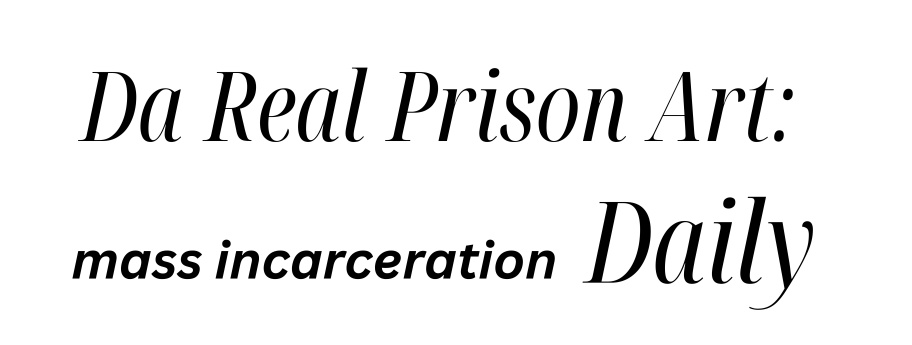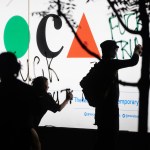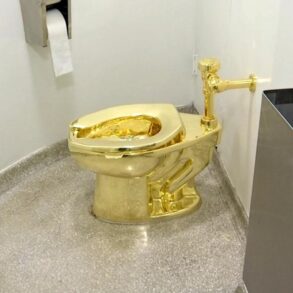It’s never a bad time to affirm the dignity and humanity of people. It’s never a bad time to affirm the value of each individual. It’s never a bad time to remind ourselves of that cornerstone of the human contract and acknowledge that all human lives are worthy, precious, and prized.
And this current moment, here in the United States, feels like a really good time to do just that.
Reminding ourselves that people have value might seem like a simple task; obvious even, but the calendar shows our country is fast approaching the 250th anniversary of the signing of the Declaration of Independence and WE SOMEHOW STILL HAVEN’T GOTTEN THIS PART RIGHT. So inept are we at seeing the value in those around us that we recently needed an Episcopal Bishop to spell it out (precisely and in public) to the person who was just sworn in as President. Clearly, there is work to be done.
This collective inability to recognize the intrinsic value in people manifests itself perhaps most explicitly in the United States carceral system. According to the Prison Policy Institute, the United States, with its nearly 2 million people behind bars, has the highest per capita incarceration rate of any country in the world. Calculations they performed in 2017 showed that the criminal legal system we employ to manage all this incarceration costs $182 billion per year. That number is certainly much higher now, and doesn’t include the social costs of lost wages, lost productivity, and an increased burden on health services and social services. It also doesn’t calculate the emotional costs borne by all those impacted by this system.
Which brings us to a pair of related exhibitions currently on view at the Peggy R. McConnell Arts Center of Worthington; Home Free: Ohio Artists Envision Prison Abolition and Kirsta Niemie Benedetti – Where Life Is Precious Life Is Precious. Both exhibitions offer a unique opportunity to reflect on and recognize the impacts of mass incarceration in the United States.

El Chapos Pony
2023
Fiber

School to Prison Pipeline
2022
Found object assemblage

Revolt 1: Fuck Your Beauty Standards
2022
Oil on yupo
Home Free: Ohio Artists Envision Prison Abolition is a group exhibition featuring the work of 16 artists. Of those 16 artists, 11 are formerly incarcerated and 5 currently incarcerated. These artists are brought together through the organizing efforts of The Returning Artists Guild (RAG), a group of individuals personally affected by the criminal legal system who are working to support and advocate for the justice-impacted community. Co-founded by Aimee Wissman and Kamisha Thomas in 2018, each artist “sought to continue the therapeutic, creative community that they found ‘inside’”.
In reflecting on the exhibition Home Free, Wissman notes that many of the artists are “drawing direct attention to the reality of mass incarceration and the specific ills and experiences they’ve had within prisons”. These works are raw, powerful, and unapologetic. As such, they offer viewers an important critique of the carceral system, one that “rarely makes it beyond the fences”.
Conversely, Wissman notes, “other artists are thinking about beauty, imagining a free future, and flexing aesthetic muscles…”. Given that all these artists are self-taught, “flexing aesthetic muscles” is an important element of Home Free. It’s the mechanism whereby viewers can follow each artist’s creative process as they share their stories and build their visual vocabularies.

Hattie: I give my light
2024
Acrylic paint on wood, foam

Kate: I just want everyone to be happy
2024
Acrylic paint on wood, artificial roses

Shug: strength from pressure
2023
Acrylic paint on wood, acrylic diamonds
It’s through these stories that Home Free presents not just the value of each voice, but also the variety of ways people are affected by (and respond to) a system that is relentlessly dehumanizing.
This dehumanization is exactly what Kirsta Niemie Benedetti seeks to address in her work. Shown in tandem with Home Free, Kirsta Niemie Benedetti – Where Life Is Precious Life Is Precious presents lively, large-scale, three-dimensional portraits of incarcerated women. Writing about her work, Benedetti notes, “The goal of the art is to humanize those who have been marginalized and forgotten within the prison system, while also challenging the public to confront our collective responsibility in perpetuating mass incarceration in America.”
“All of us have a choice, a choice in how we see others and a choice in how we treat them. That choice is only possible when we allow ourselves the opportunity to learn about and learn from others.”
This humanization is achieved using vibrant colors, loose brushwork, and sculptural elements that reflect each sitter’s individual personality. Benedetti’s bold palette, combined with the warm smiles of the subjects, serve as a welcome antidote to the daily barrage of arrest photos and mugshots from our media. Through this visual counterpoint, Benedetti’s portraits remind us of something very important; that we can choose how we represent people. We can choose how we see people, and we can choose which stories we want to share about people. Those choices can make all the difference in the world.
The Constitution of the United States was originally ratified to include the directive known as the three-fifths compromise; a passage that calculated enslaved individuals as three-fifths of a person for purposes of enumeration and representation. That sorry compromise is a good reminder that even in a country that purports to stand for liberty and equality, being a whole person; a fully-realized and fully accepted person, is, and always has been, contingent upon the whims and desires of those in power. Maybe those truths in the Declaration of Independence were self-evident to Thomas Jefferson and his cadre, but they did not apply to all. They still don’t.
It was in 1852 that Frederick Douglass asked that most famous of American questions, “What then to the slave is your Fourth of July?” The answer of course is this: your Fourth of July is, “…a sham; …fraud, deception, impiety, and hypocrisy—a thin veil to cover up crimes which would disgrace a nation of savages”.
Were Douglass alive today, he might ask the same question about those people impacted by our criminal legal system. What then to the person in prison is your Fourth of July? The person in detention? The person on parole? Doubtless the answer from Douglass would be the same now as it was then, a sham.
All of us have a choice, a choice in how we see others and a choice in how we treat them. That choice is only possible though when we allow ourselves the opportunity to learn about and learn from others. The two exhibitions currently on view at the McConnell Arts Center provide a unique opportunity to do that. While our criminal legal system impacts millions, it does not impact all. That’s precisely why exhibitions like this are so important. They give us all the chance to see.
Now is not the time to turn away. Now is the time to look, to learn, to reflect, and to act.
Home Free: Ohio Artists Envision Prison Abolition and Kirsta Niemie Benedetti – Where Life Is Precious Life Is Precious are on view through March 20, 2025 at the Peggy R. McConnell Arts Center of Worthington. For more information, visit: mcconnellarts.org.
Additional reading and information:
For information on the Returning Artists Guild, visit thereturningartistsguild.org.
For information on Kirsta Niemie Benedetti’s Life is Precious Prison Project visit kbenedetti.com.
To learn more about the artists and prison abolition, attend A World Reimagined: The Work of Abolition at the McConnell Arts Center on February 26, 2025. You can also visit mcconnellarts.org/a-world-reimagined-the-work-of-abolition.
This post was originally published on this site be sure to check out more of their content.




